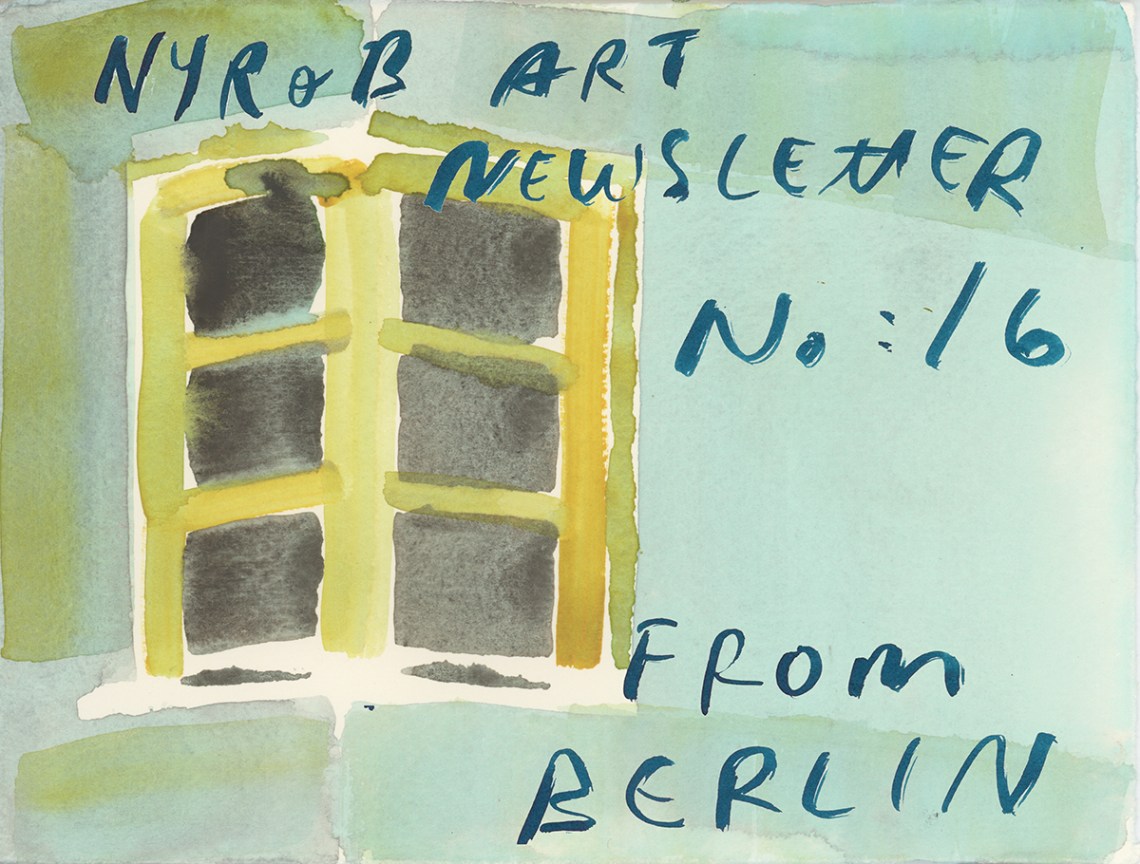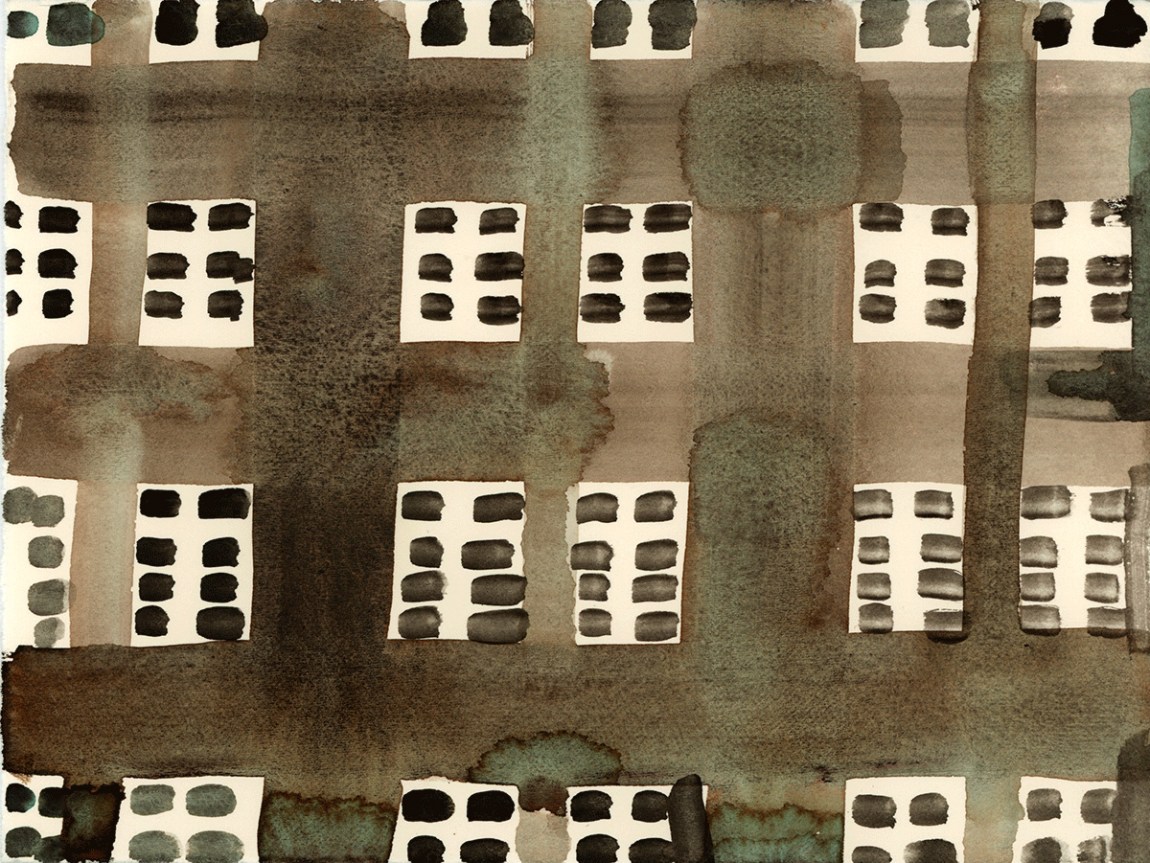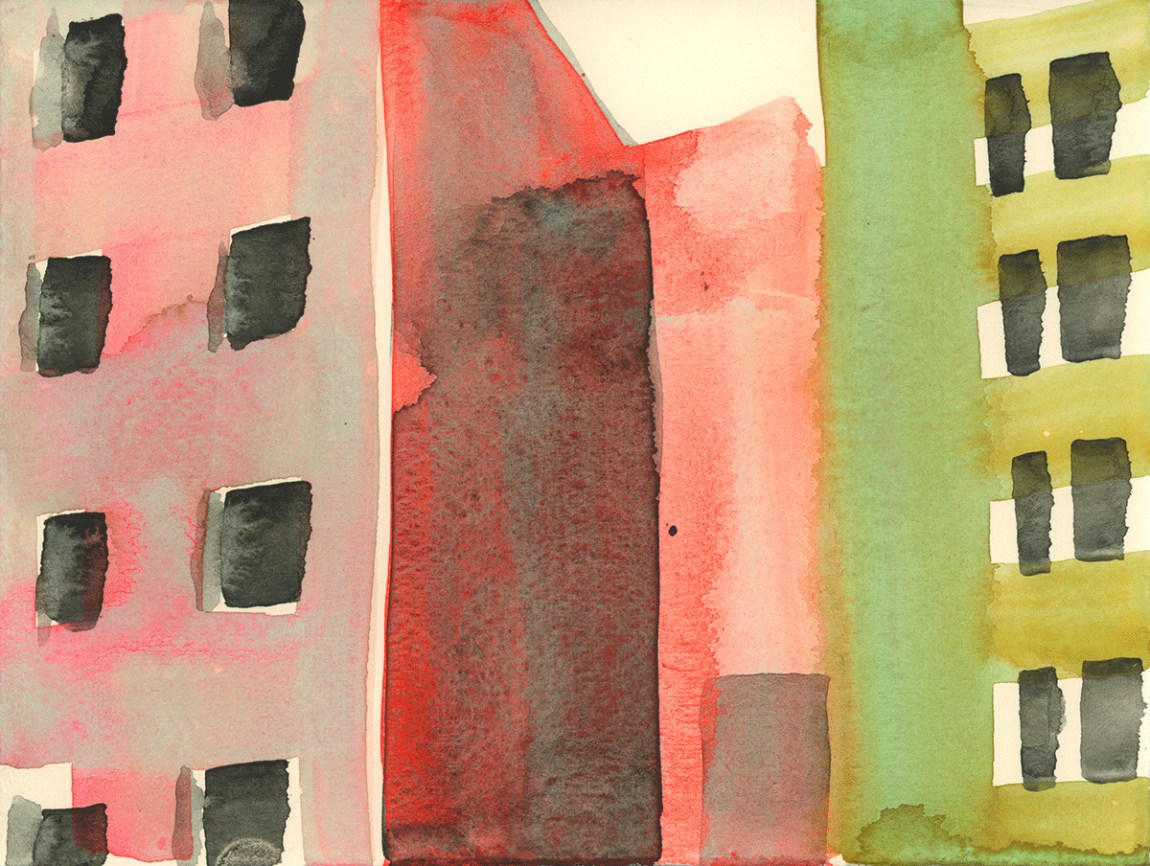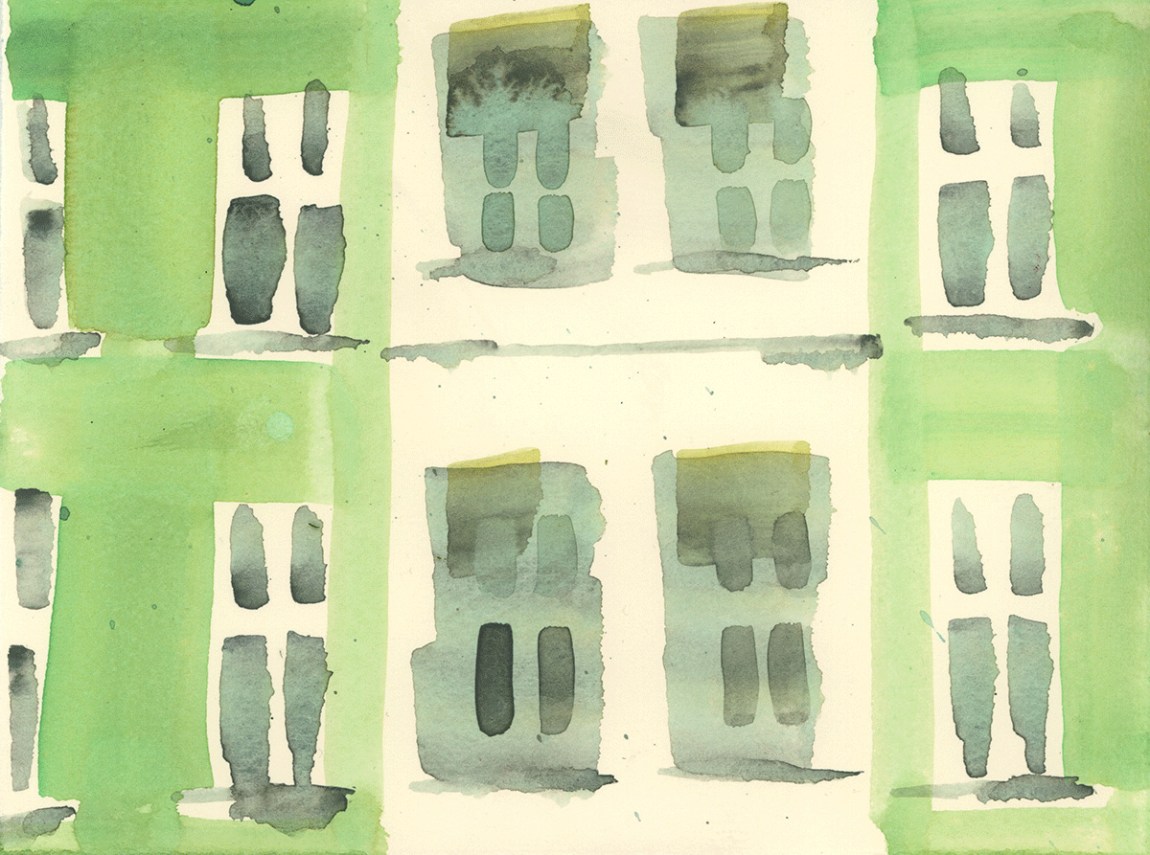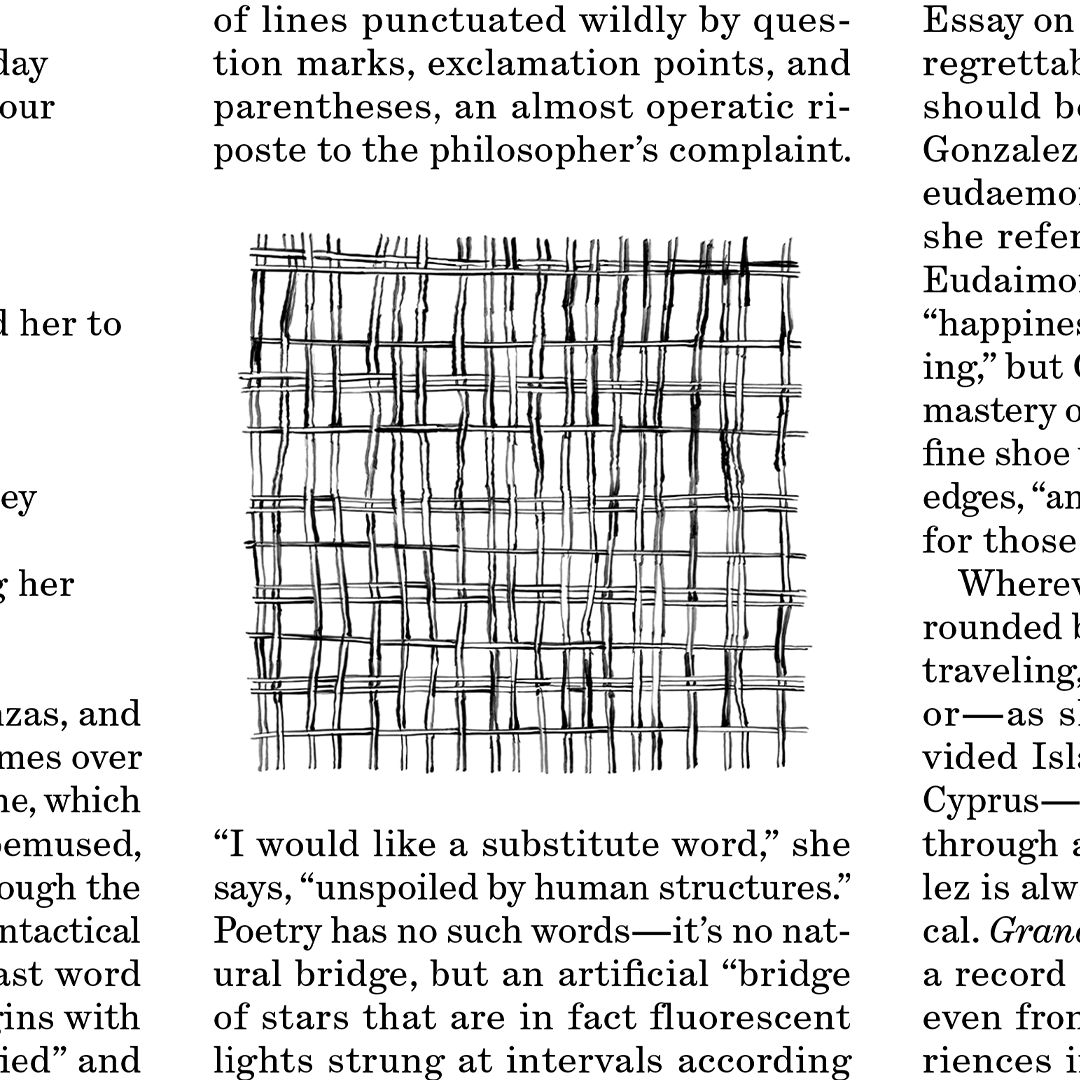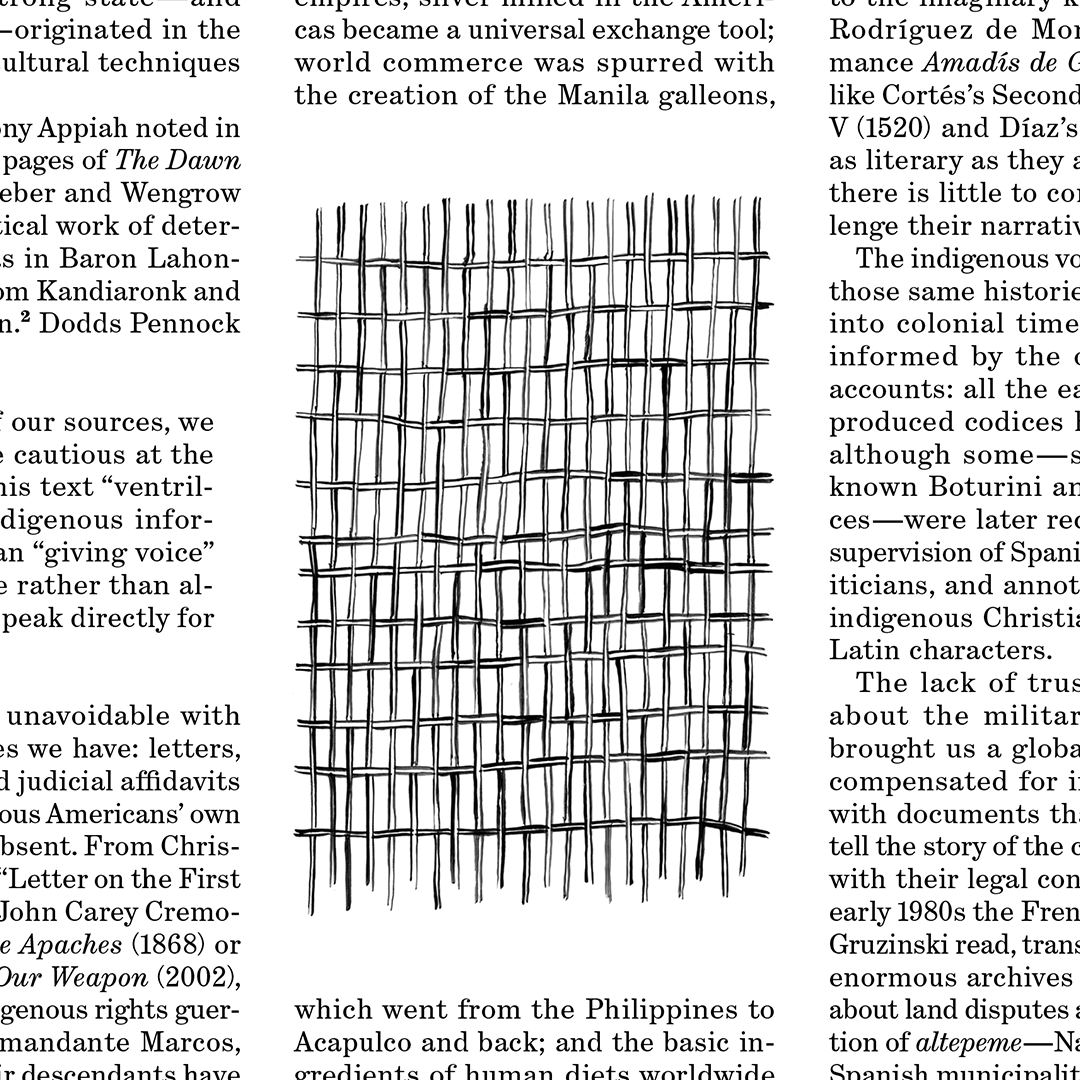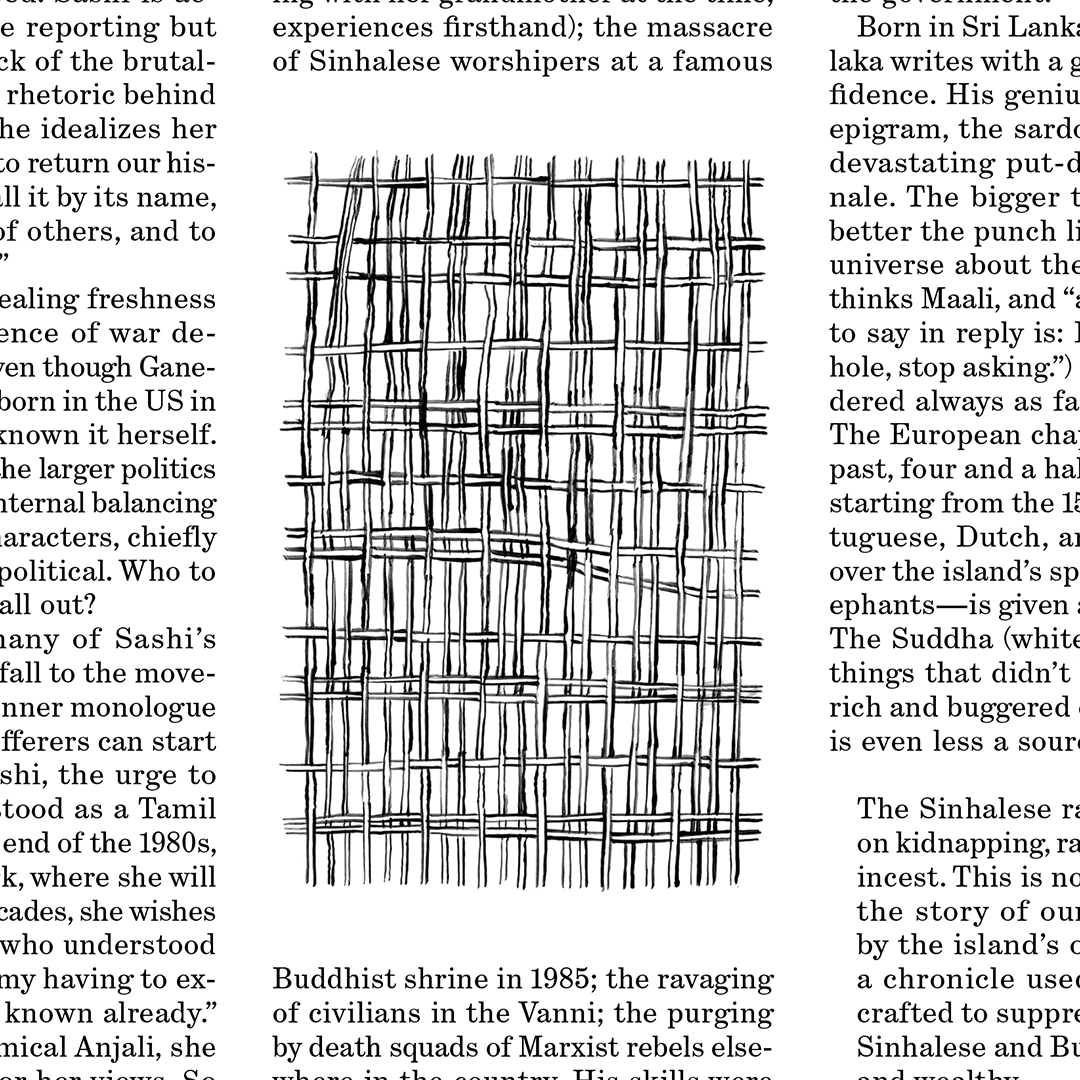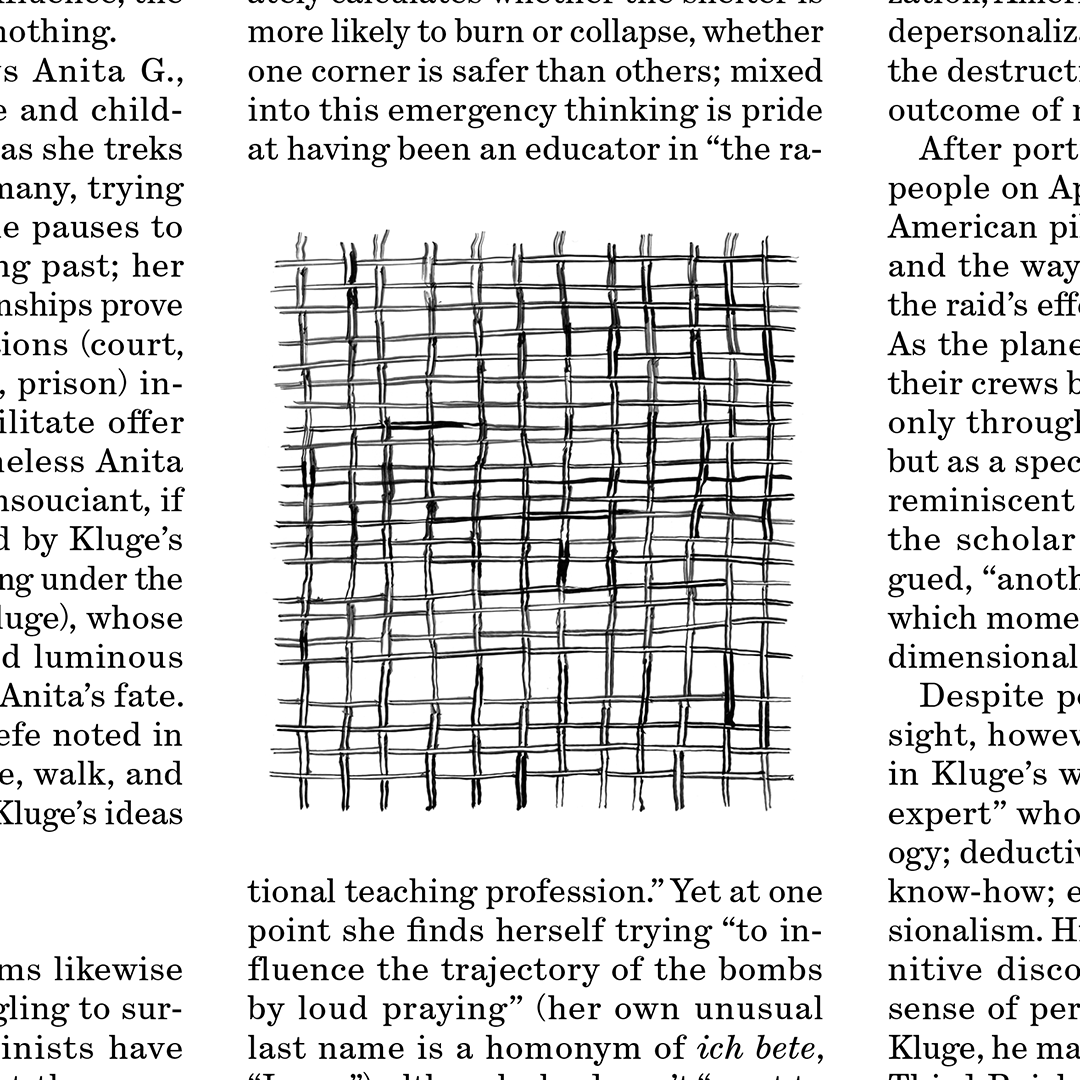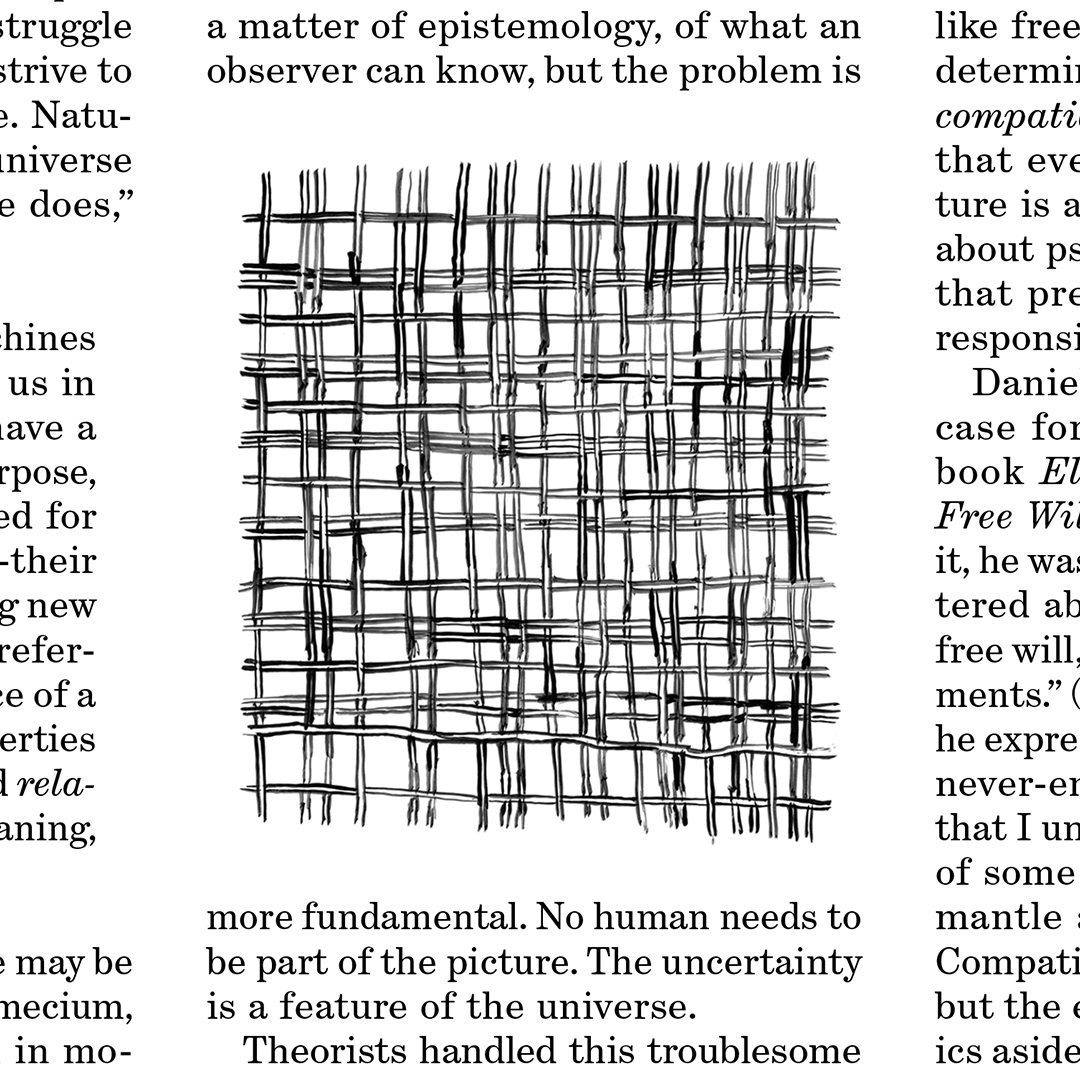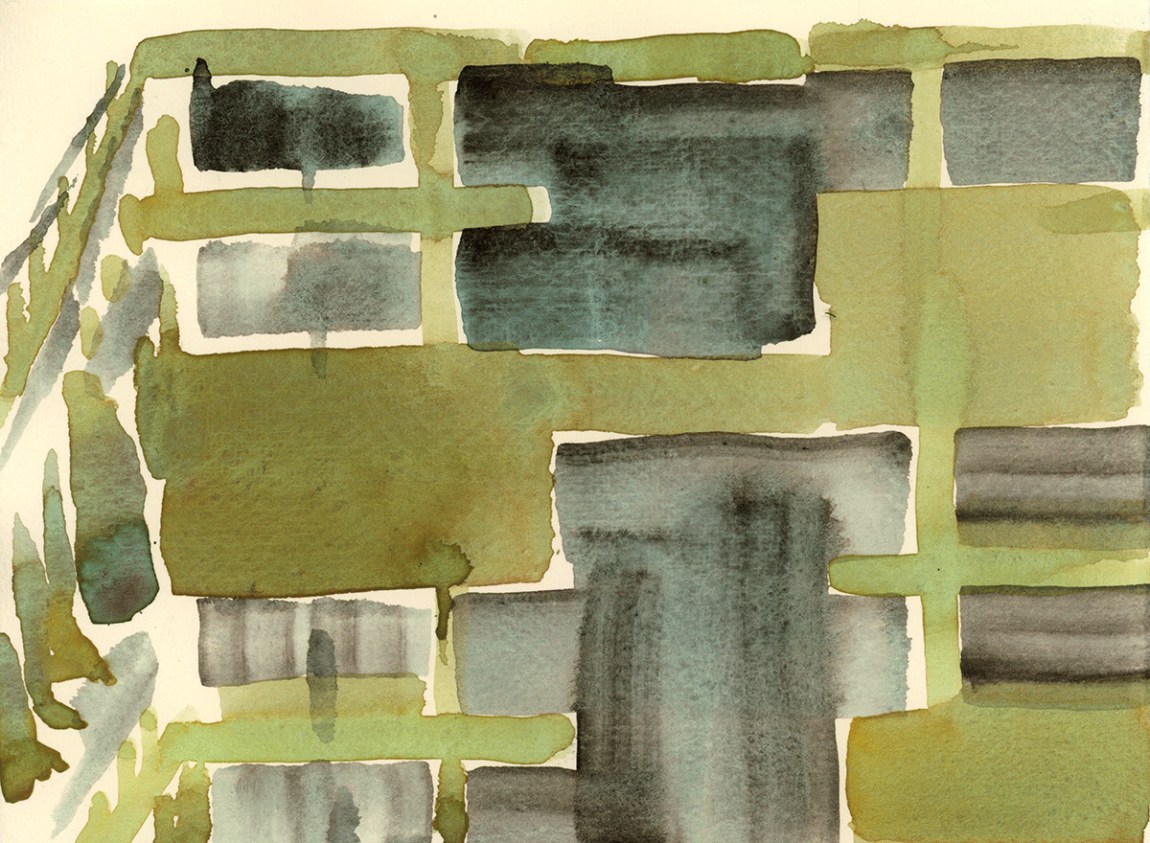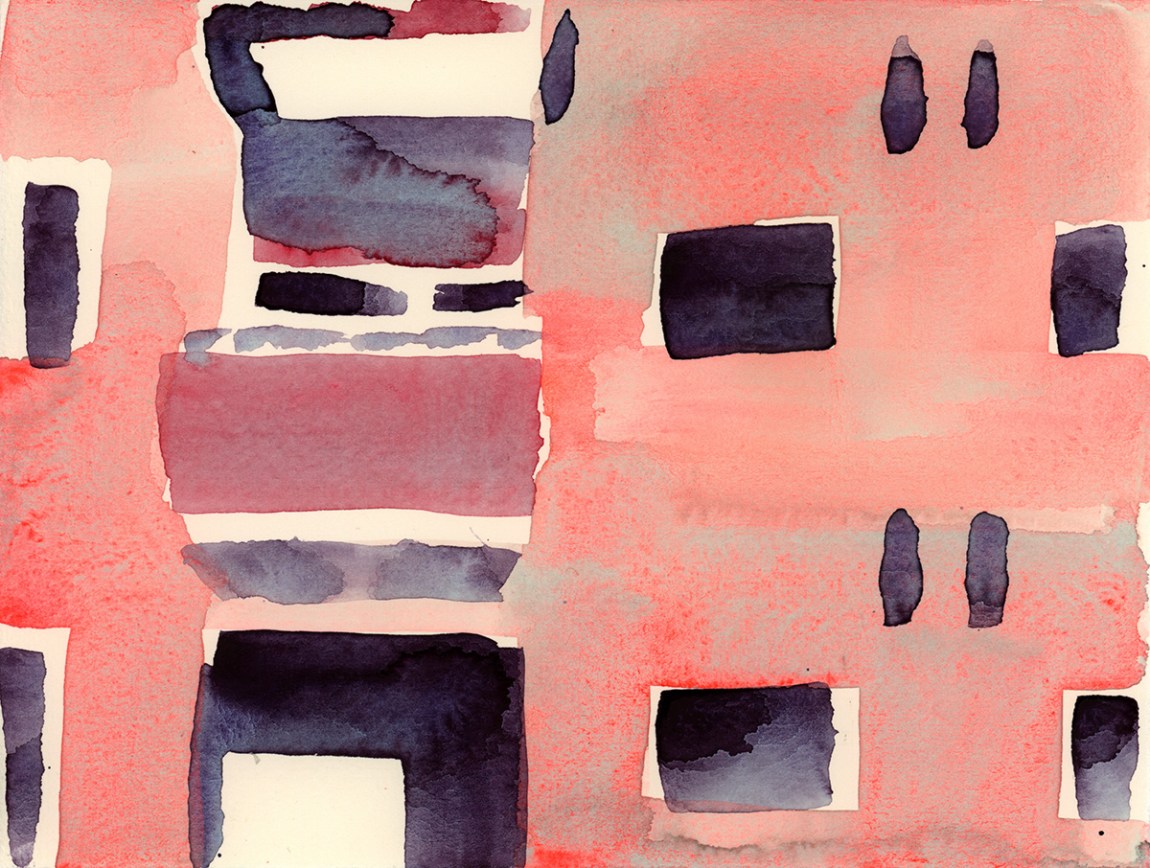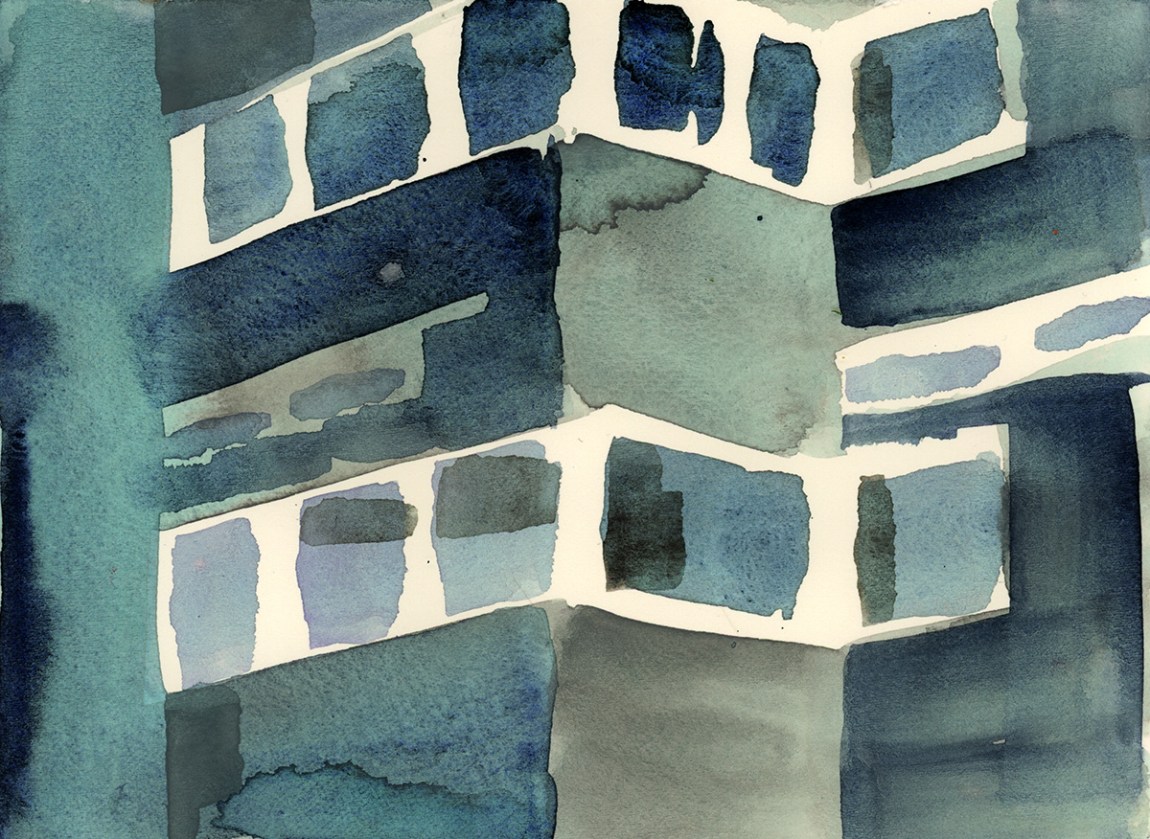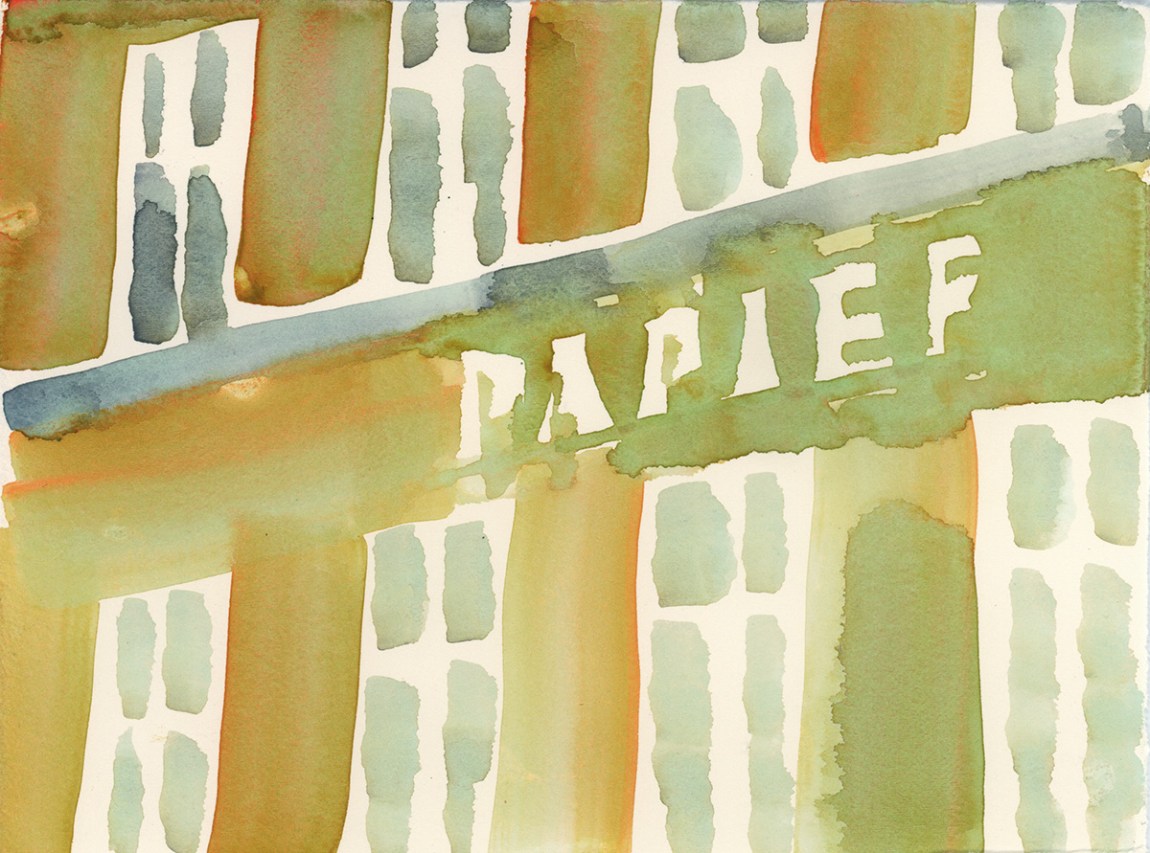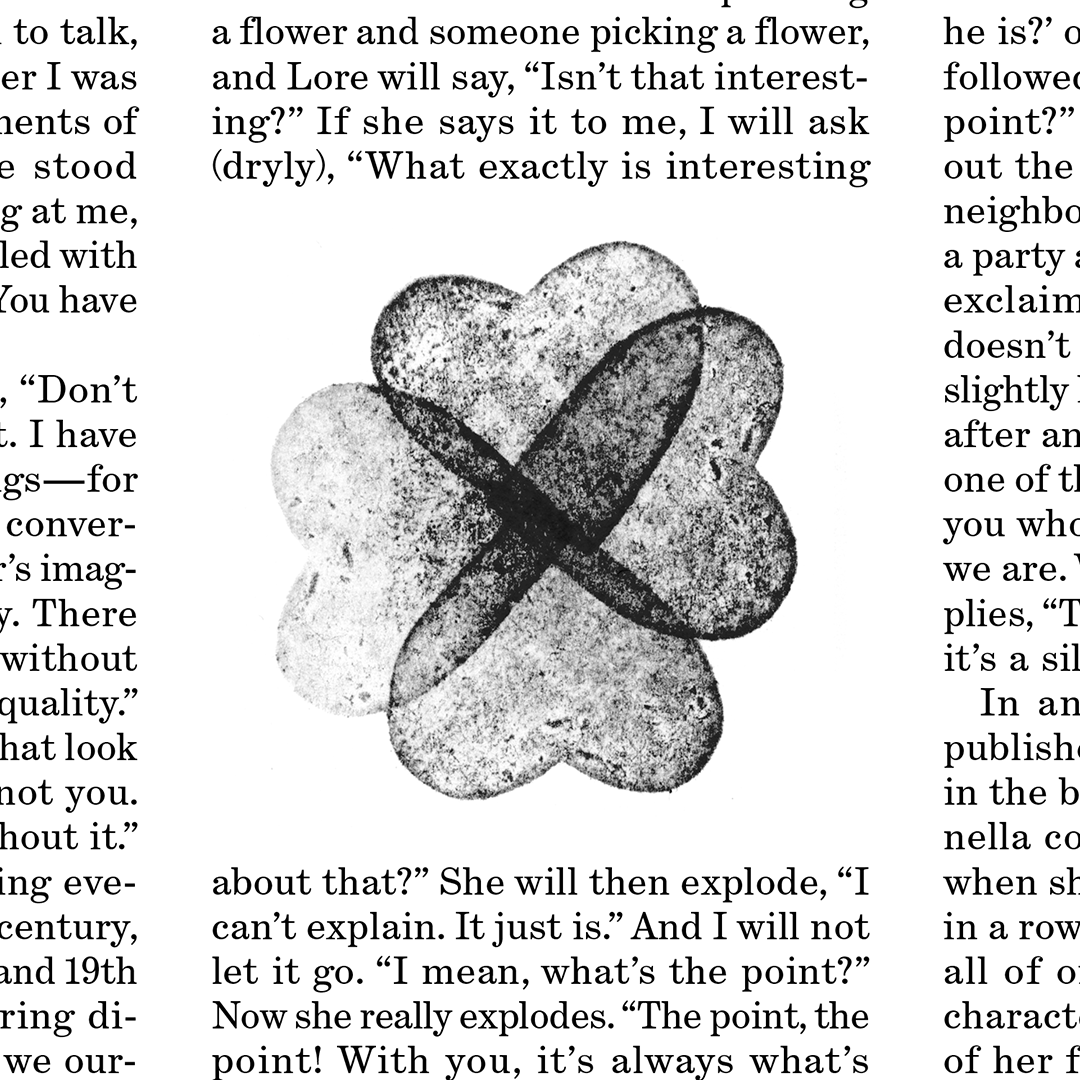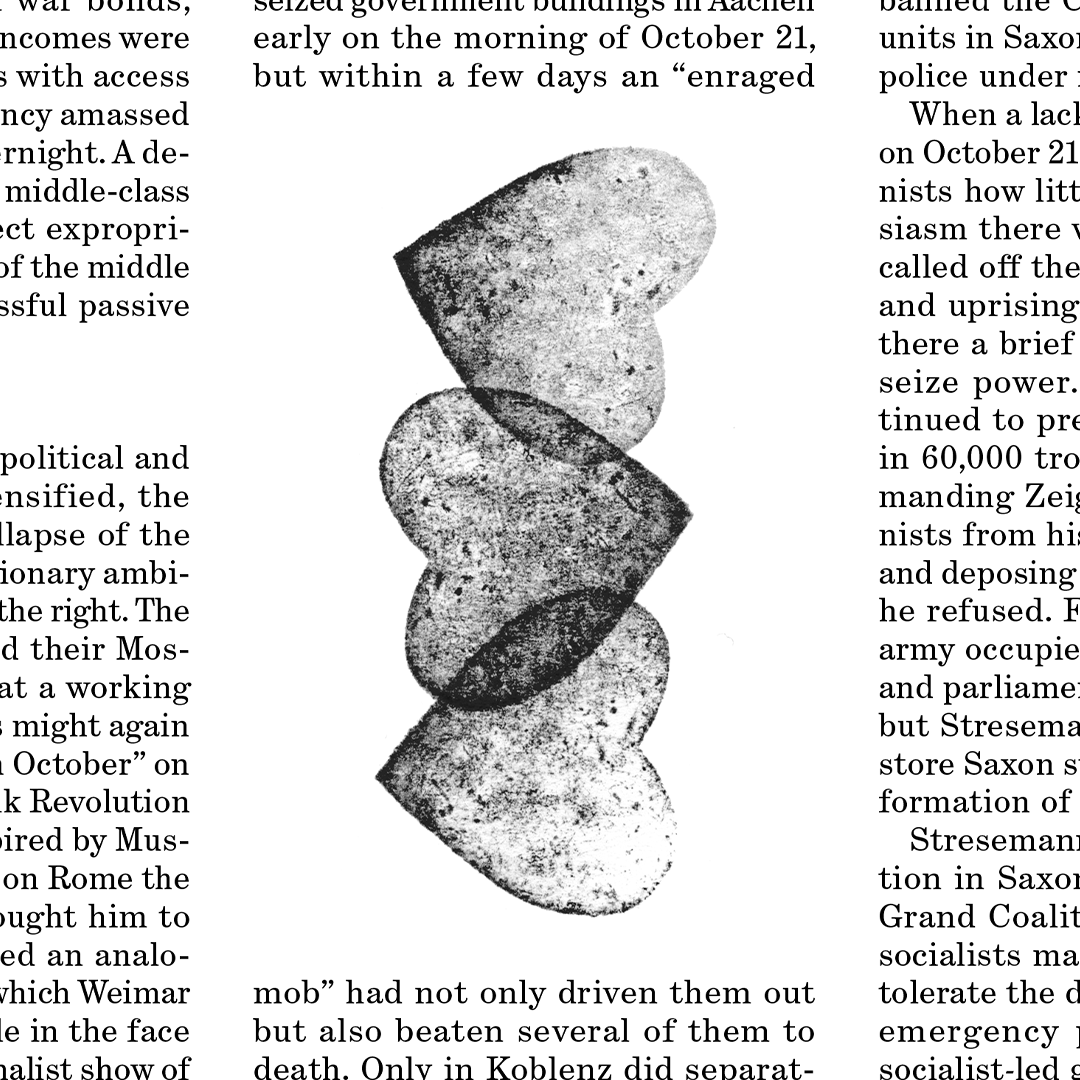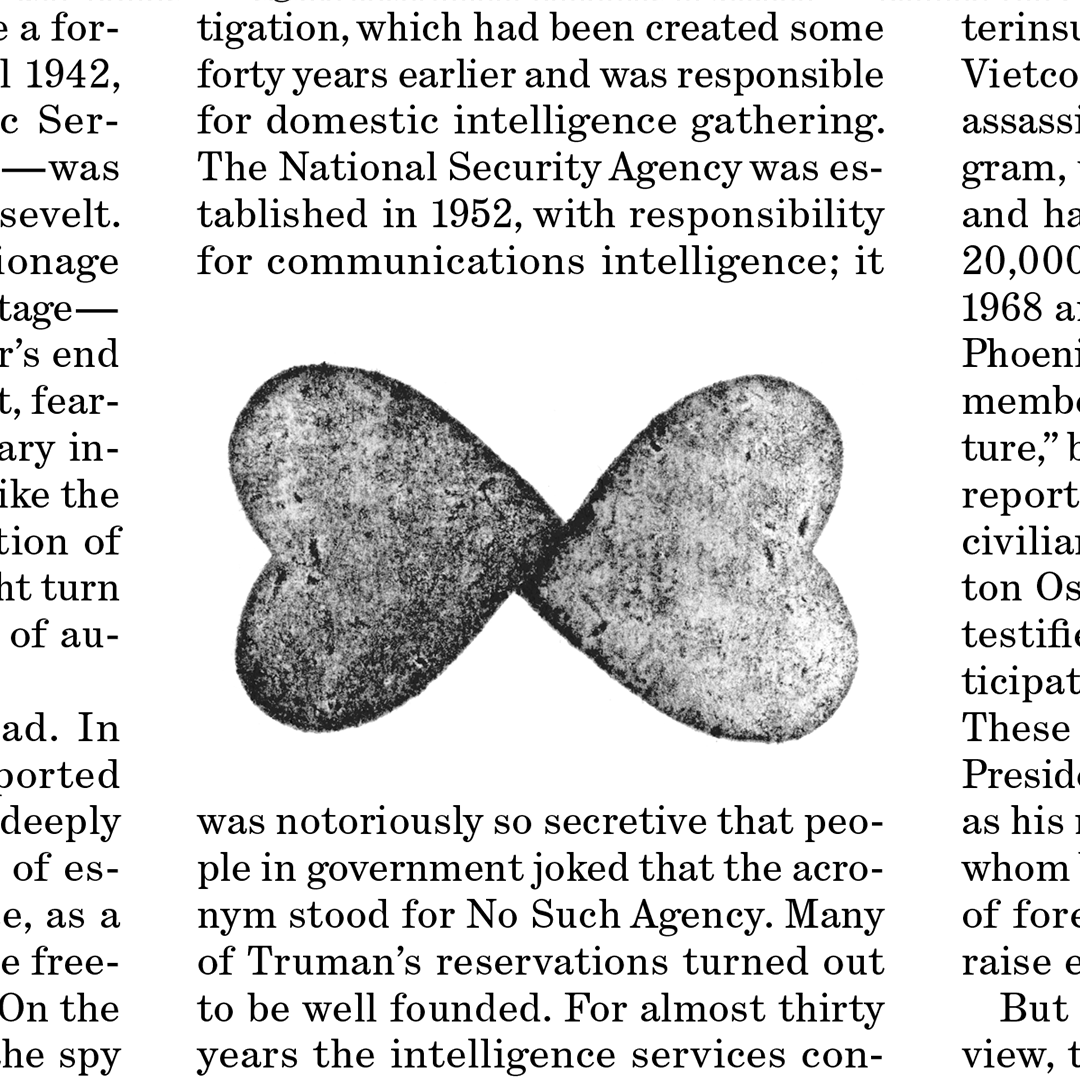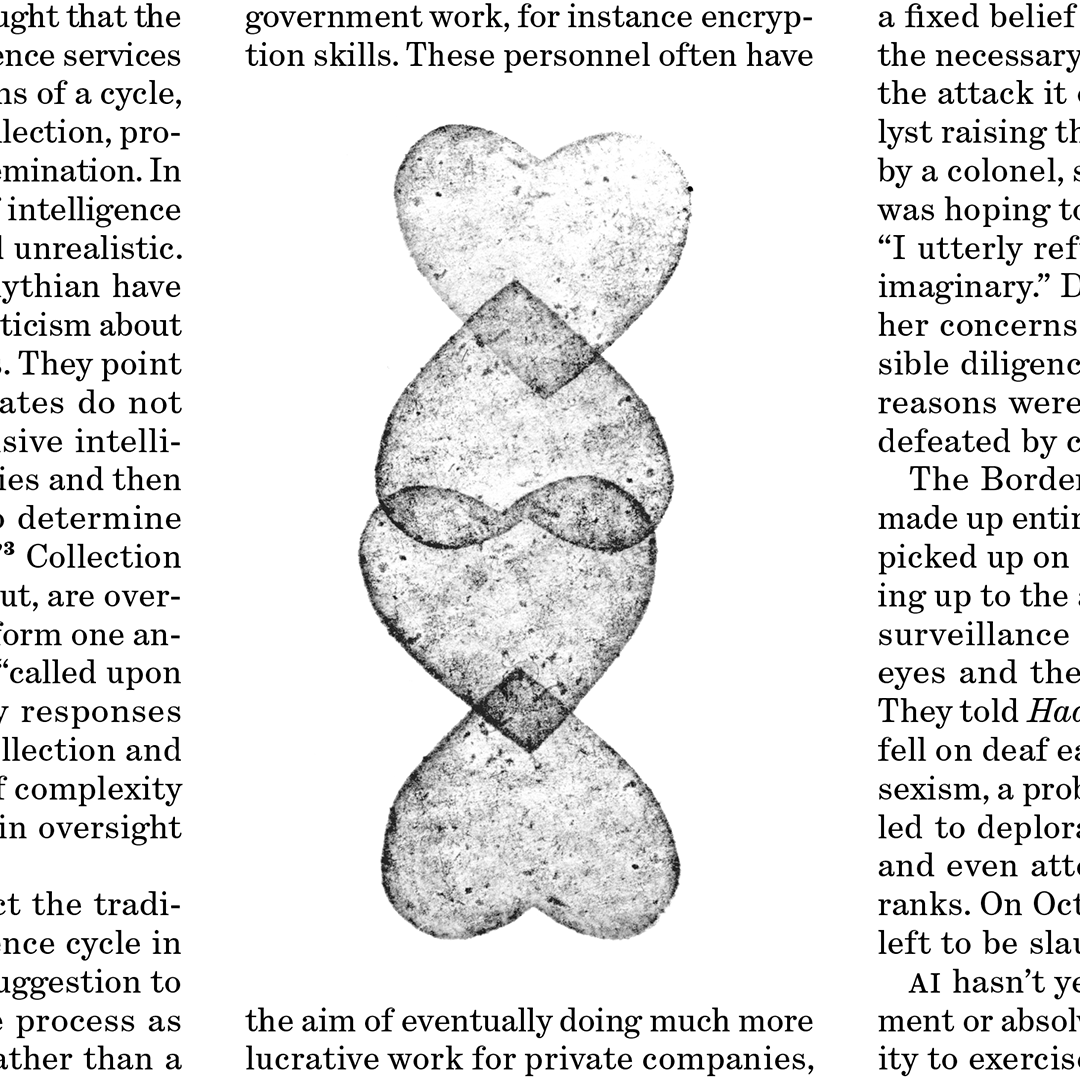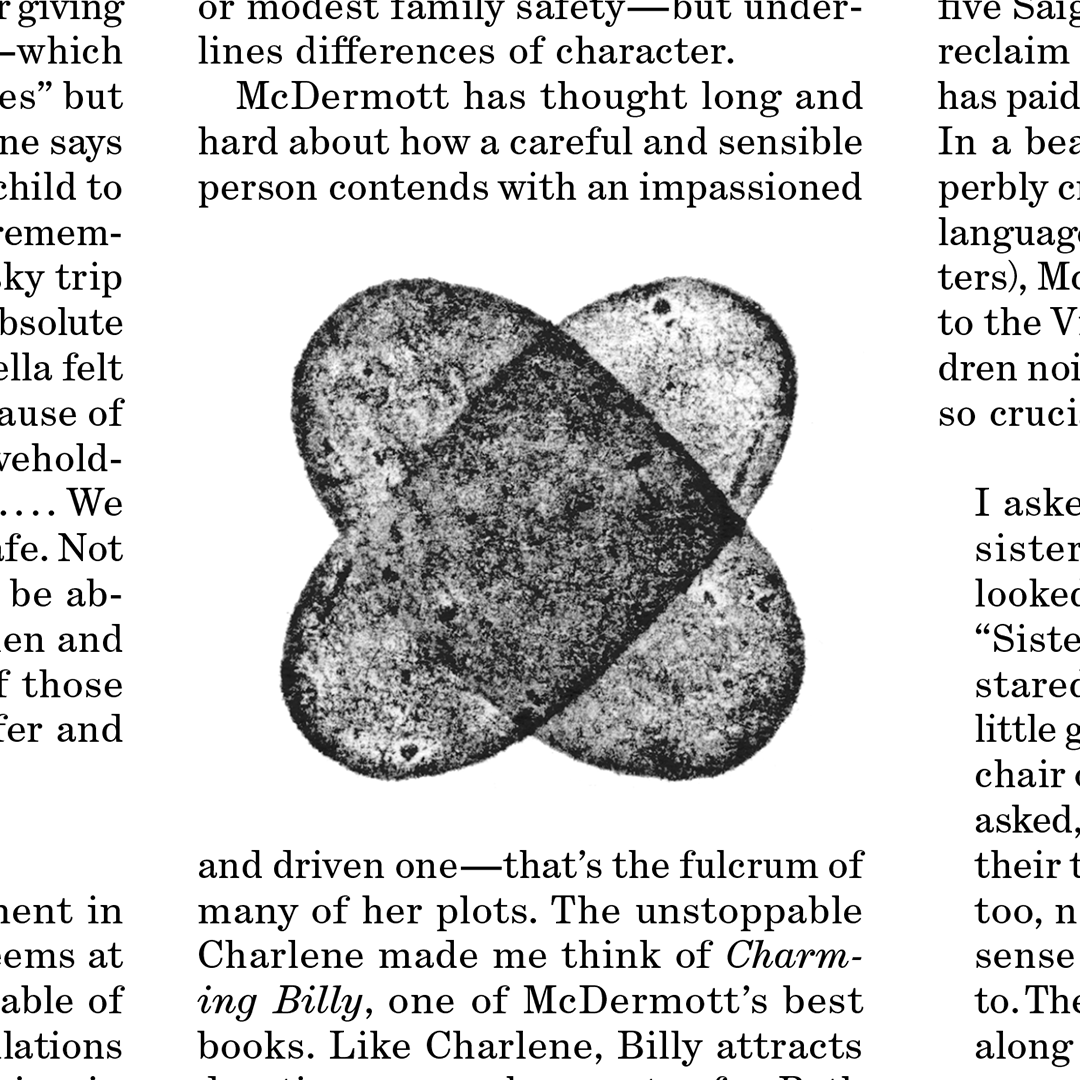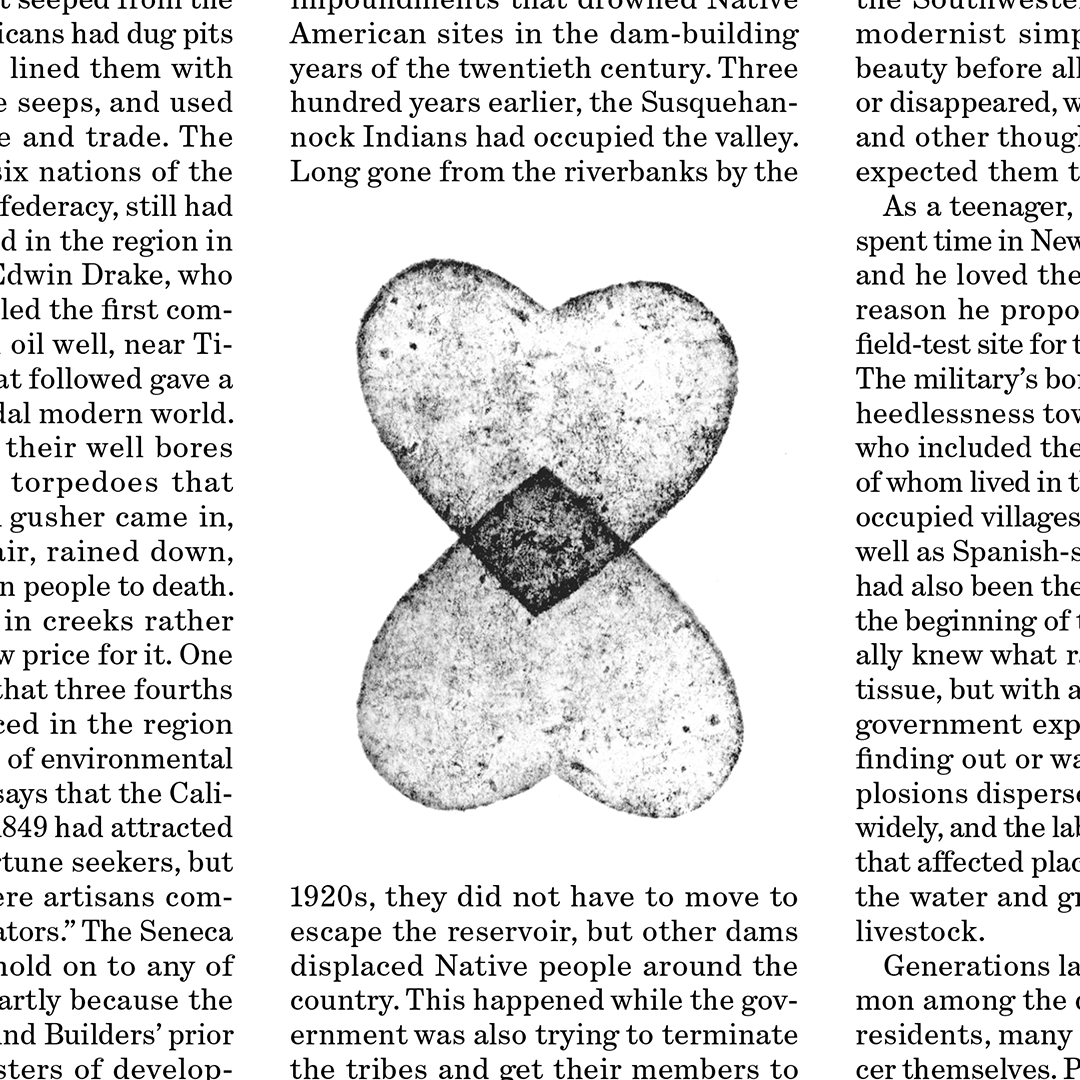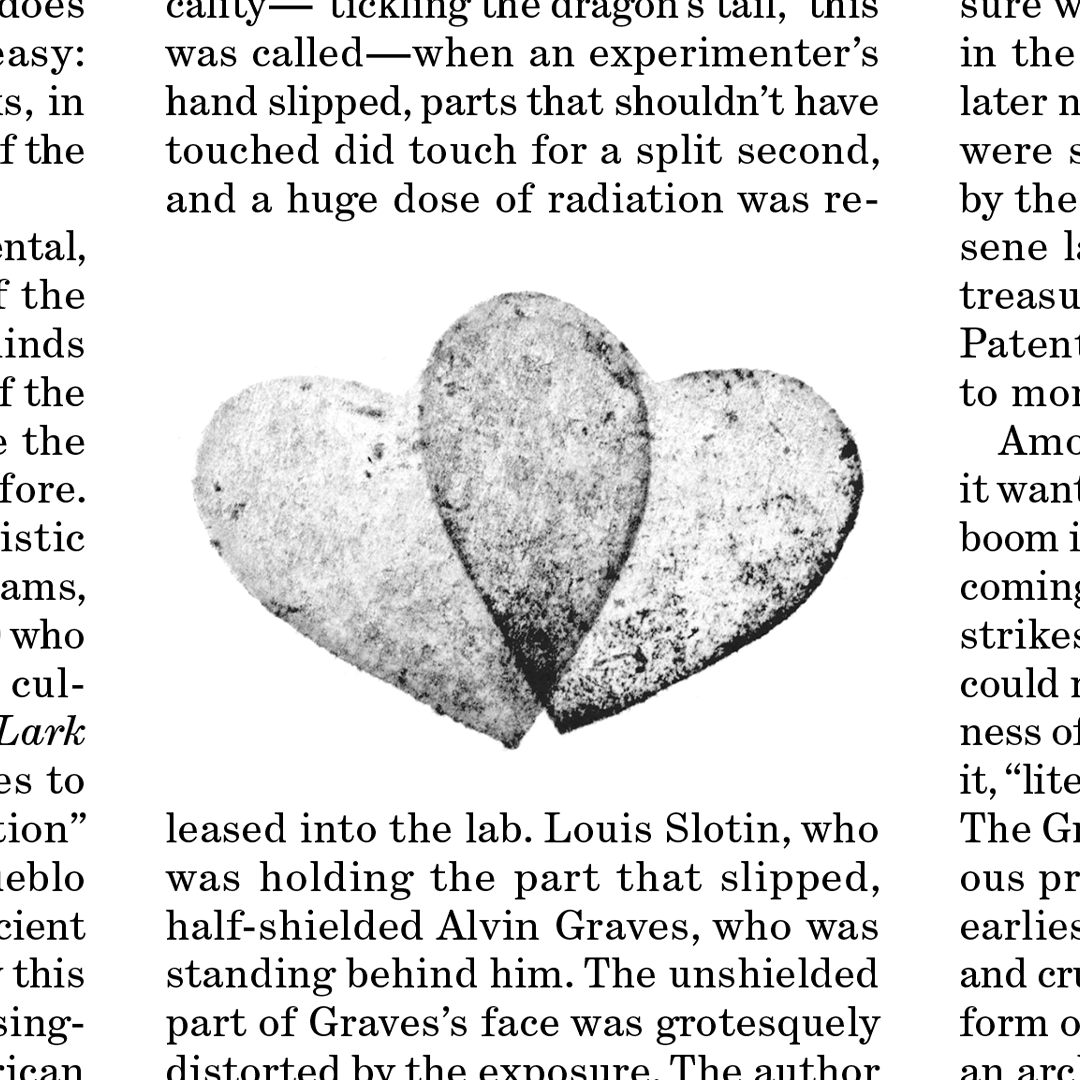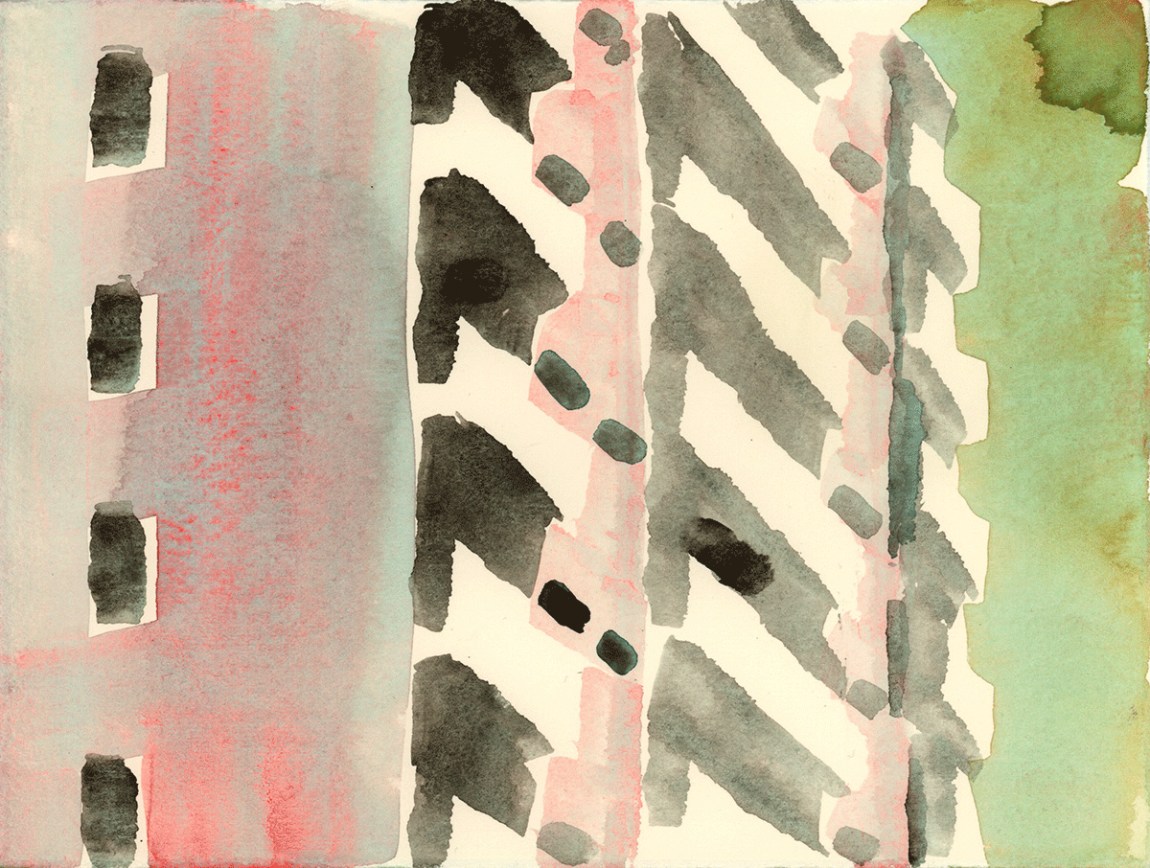This sixteenth edition of the art newsletter comes to you from snowy Berlin, where I spent three nights this month. I landed to a fresh snowfall and traffic jams: German farmers, protesting cuts to agricultural subsidies, were honking their horns and driving tractors through the streets. With plenty of time to look out the car window on the way to my host’s apartment in Mitte, I noticed layers of architecture—the late-nineteenth-century Mietskaserne housing complexes, the flimsier post-1945 Wiederaufbau projects, the new Rem Koolhaas–designed Axel Springer headquarters—Berlin classicism cheek by jowl with welfare-state brutalism and contemporary deconstructivism.
The first cover of 2024, for our January 18 issue, features a linocut of a toaster by Hugo Guinness. We liked the pun on toasting the new year. Guinness has previously done portraits of Picasso, Agatha Christie, and King George V for us, and he’s also an Academy award–nominated screenwriter; he cowrote The Grand Budapest Hotel with Wes Anderson. Inside the issue, Yann Kebbi drew a chilling Elon Musk for Ben Tarnoff’s review of Walter Isaacson’s biography of the weirdo tech tycoon. For Anahid Nersessian’s review of recent poetry books by Annelyse Gelman and Elisa Gonzalez, the Barcelona-based illustrator Ciara Quilty-Harper did an impressionistic drawing of each. (The double portrait has come to be a convention of our poetry reviews, it’s always interesting to me when a style emerges organically.)
I asked the design duo known as The Heads of State to take on Fintan O’Toole’s essay about America’s gerontocracy. They perfectly captured the idea of an aging government with their illustration of a felled classical column, revealing tree rings at its center. For Anjum Hasan’s review of two new Sri Lankan novels, by V.V. Ganeshananthan and Shehan Karunatilaka, Masha Krasnova-Shabaeva drew on scenes from each book for her bright illustration. Matthew Desmond reviewed three books on the economics, in particular the gone-too-soon child poverty relief programs, of the Covid-19 pandemic, and I asked Kelly Blair for an illustration that used nursery colors.
Reading James Gleick on the state of free will made me think of the artist Greg Burak’s liminal paintings of figures in rooms. They always seem to be making decisions, or hesitating. I found one titled The Switch, from 2021, to go with Gleick’s essay.
The series art in the issue is by Lisa Naftolin, a designer and artist who helped immeasurably with our magazine redesign last year. She’s been working in textiles lately, and I saw some small paintings of fabrics that she had made. I thought their abstract quality would work well on our pages.
The February 18 issue felt feminine to me, with great pieces by and about women. I love the Newcastle-upon-Tyne-based painter Moira Frith’s watercolor work, so for the cover we selected a brightly skirted figure that seemed to obliquely reference at least two of the subjects in the table of contents: menses and Maestro.
For a piece by David Cole on cancel culture, I asked the designer and photographer Michael Schmelling for an idea. He identified something at the heart of the essay, the collective search for the right words, and put together a word-search game to illustrate Cole’s thoughts on free speech and censorship.
After reading Laura Kolbe’s review of three books about the economy, biology, and sociology of menstruation, I turned to the London-based artist and jewelry maker Kaye Blegvad. She told me that she wanted to avoid the obvious motif of blood and hoped instead to convey “the variety of ways people have to navigate the menstrual ‘world,’ its wide-reaching effects, and its environmental impact.” She painted a ruddy landscape being navigated by a lone female figure.
Vivian Gornick writes about Ladies’ Lunch, a recent collection of short stories by Lore Segal. I asked Harriet Lee-Merrion, who has never failed to give us surprising and sensitive portraits of women, for a drawing of Segal. For Geoffrey O’Brien’s essay about crime fiction, I turned to Alain Pilon. His cross-hatched death mask wearing a fedora eerily conveyed some of the atmosphere of the noir genre. For Tamsin Shaw’s piece about espionage and counterintelligence, I wrote to Matt Dorfman, another illustrator who is the art director at a book review (in his case, The New York Times Book Review). He worked references to Gaza and Ukraine into his surveilling Rorschach-binoculars.
Lorenzo Gritti drew the British writer Jonathan Raban in his baseball cap for Colin Thubron’s review of Raban’s family memoir Father and Son. We wondered at first if Raban looked a little menacing, but after a revision that brought out a warmer smile, we all agreed that a mild scowl was best. I got to paint the writer Alice McDermott for Joan Silber’s review of McDermott’s latest book, Absolution. I watched interviews with her for reference, and as I worked, I remembered a painting I’d done of Carol Shields for Eleanor Wachtel’s 1996 book Writers and Company. I was struck by their resemblance.
Advertisement
The series art in the issue, a quiet nod to Valentine’s Day, is by the Brooklyn-based illustrator, designer, author, and cook Tamara Shopsin.
I flew out of Berlin amid more protests, these against the Alternative für Deutschland (AfD) party and other far-right extremists. I had been staying in an apartment next to the Berliner Ensemble, the theater established by Bertolt Brecht in 1949. As I was packing, the audience for that night’s show (a dramatic reading of a report investigating a covert AfD meeting) stood and chanted together for ten minutes, after the curtain call, “Everyone, together, against fascism.”


